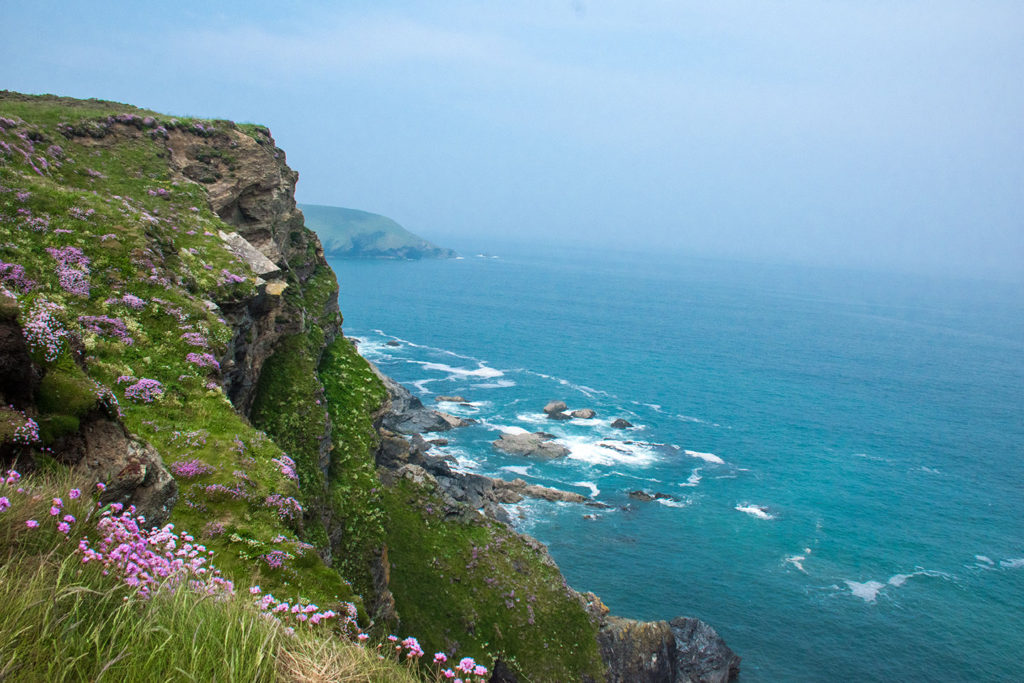
If the beauty of the wild northern coast of Cornwall isn’t enough to make you fall in love with this region of England, then the Cornish pasty will push you over the edge.
While I’d heard of them, I didn’t understand how addictively delicious pasties are until we stopped for lunch at Philps bakery.
The Mining-Pasty Connection
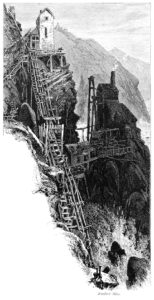
Archeological evidence shows that people have been mining tin in Cornwall since around 1,800 BC to make bronze, which is an alloy of copper and tin. By the early nineteenth century, Cornwall was one of the most industrially advanced mining regions in the world, with nearly 2,000 tin mines.
While pasties (pronounced PASS-tees) had been part of the English diet since the 13th century, they gained popularity in 17th century Cornwall as a way for tin miners to bring a filling meal down into the mines with them. Since the men were so deep underground, they could not spare the time to return to the surface for lunch.
The pastry dough had to be thick enough to hold the filling intact for a number of hours, and then not fall apart while the miner was eating his dinner. It was common for the pasty to have a savory filling on one end, and a sweet filling, with jam or fruit on the other.
Mining tin comes with numerous dangers, arsenic poisoning being a primary concern since the two elements are often present together. This played a roll in the shape of the Cornish pasty — the thick, crimped roll on the curved edge acted as a handle, allowing the miners to eat the meat pie without contaminating it with their arsenic-dusted hands.
Time for Lunch
After a morning out along the Atlantic coast of Cornwall, we were famished, and Julie asked, “Shall we have some Cornish pasties?”
“Yes, please!”
And so we stopped for lunch in Hayle, a village on the estuary of St. Ives Bay.
Ross finagled a parking place in what seemed the most popular spot in town. Then we all piled out of the car and into Philps, which was redolent with the fragrance of baking dough.
Today there are many kinds of pasty fillings, from vegetarian to Indian curries. However, as first-timers, Cat and I thought a traditional filling was the way to go: minced beef, potatoes, onion, turnip, and carrots. And oh, dear lord, were they good! Simply seasoned with salt and pepper, in an amazing gravy — they could not have been better.
We stood outside of the bakery, munching on the pasties and watching a jackdaw parade up and down, looking at us hopefully — but it was no good. None of us were going to share any with him!
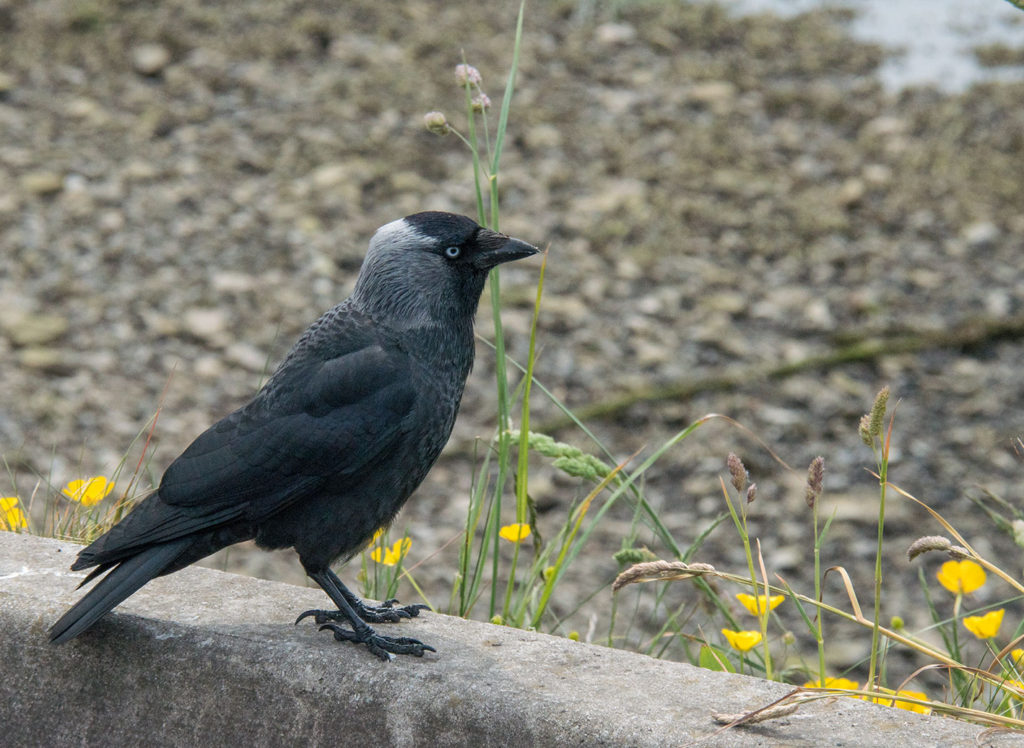
The crust of the pasty acted exactly as advertised. We were able to stand and eat them easily, without wasting a drop of gravy or a bit of meat. The jackdaw gave up and flew down to hunt through the rocks for any crustaceans he might find since the tide was out.

Pasties Around the World
By the mid to late nineteenth century, the heyday of mining in Cornwall had passed, and many Cornish miners emigrated to the United States, Australia, and South Africa — areas of the world just developing their mining industries — bringing their pasties with them. Bless them for spreading pasties around the globe!
Just to be clear though, while you may eat a pasty in another country, bakers cannot call it a Cornish pasty. Pasties must made in Cornwall to use that name, according to the Cornish Pasty Association, and supported by EU regulation (the British pub down the street from my home in Houston blissfully ignores this!).
For those interested in creating a “genuine” Cornish pasty, here is the official recipe from the Cornish Pasty Association.
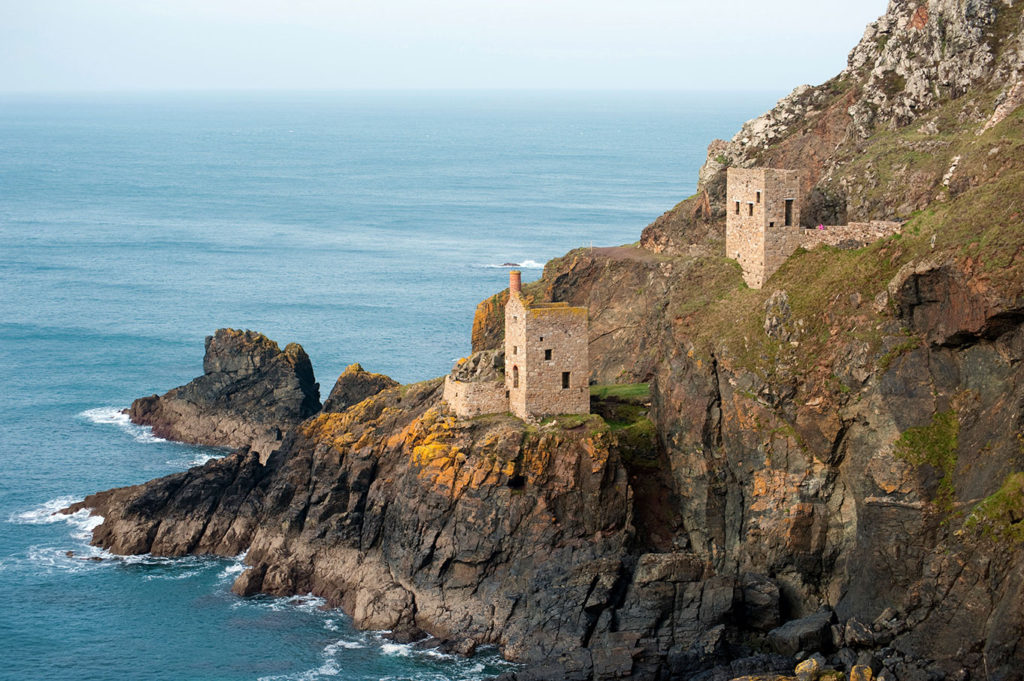
I leave you with an amusing Ode to the Pasty, a slowish, but quirky and amusing production, Cornish accent and all:
| Like it? Share it! 🙂 | |
|---|---|
 |
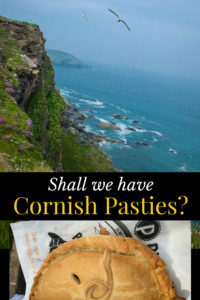 |





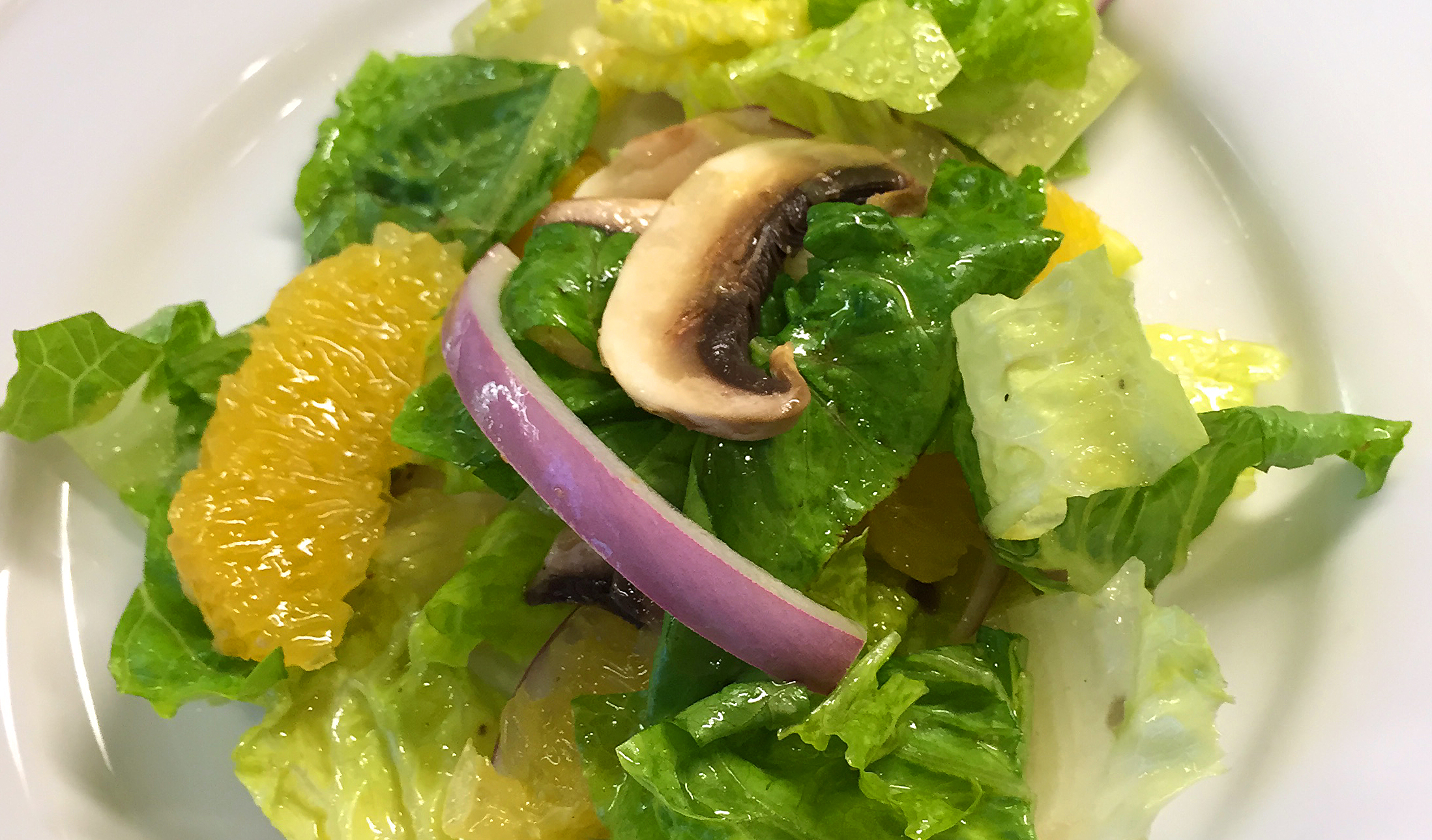


so fun!
We loved Cornwall! It was an amazing few days.